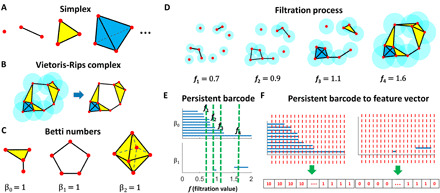Fig. 2. The illustration of the fundamental concepts in TDA.

(A) k-simplex is a convex hull made from k + 1 vertices. Geometrically, they can be viewed as a point (0-simplex), an edge (1-simplex), a triangle (2-simplex), and a tetrahedron (3-simplex). (B) In Vietoris-Rips complex, spheres are assigned to each data point, and a k-simplex is formed among a set of k + 1 vertices if any two spheres among k + 1 spheres overlap with each other. (C) Geometrically, β0 is the number of connected components, β1 is the number of circles or loops, and β2 is the number of voids or cavities. (D) Illustration of a filtration process. Simplicial complexes at four different filtration values represent interactions at four different scales. (E) Persistent barcode generated from the filtration process in (D). (F) Persistent barcode–based featurization using a binning approach.
